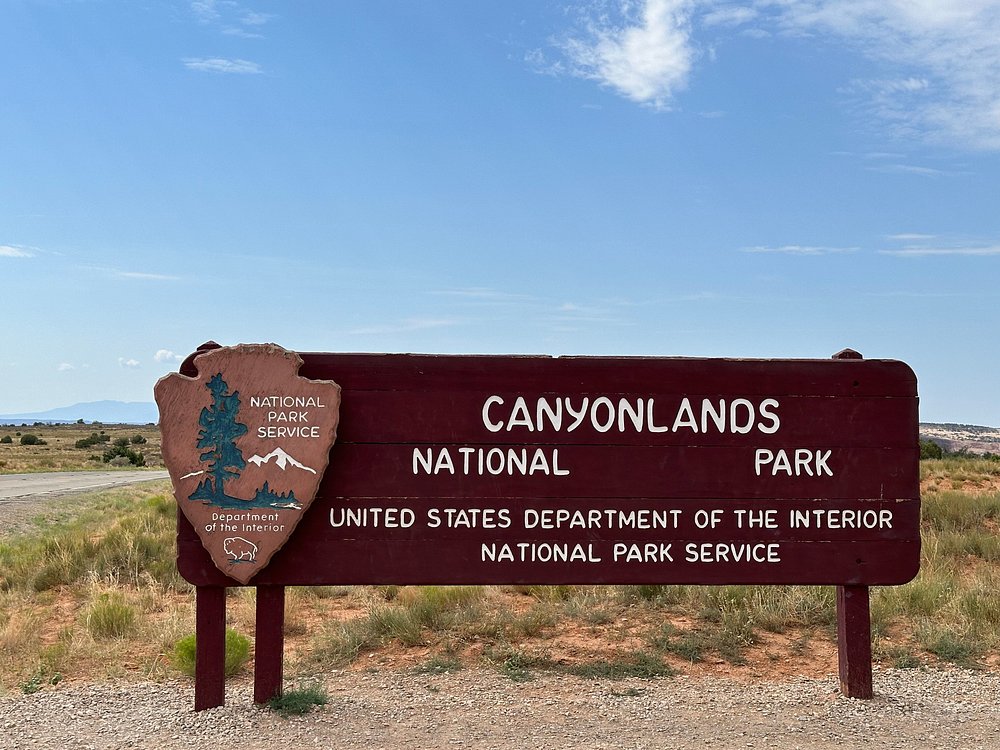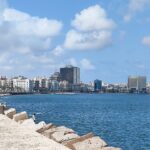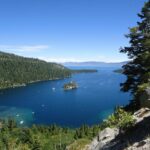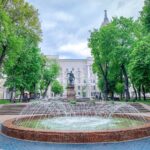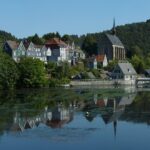Quick Bits:
Canyonlands National Park is a rugged and remote landscape in southeastern Utah. It features deep canyons, towering rock formations, and vast desert wilderness. The Colorado River and Green River shape this park, dividing it into four unique districts.

Key Highlights
- Vast desert landscapes with breathtaking rock formations
-
The Colorado and Green Rivers carve through deep canyons
-
Iconic spots like Mesa Arch and the Needles District
-
Four unique districts: Island in the Sky, The Needles, The Maze, and the rivers
-
Outdoor activities include hiking, camping, rock climbing, and rafting.
General Information
Canyonlands National Park spans over 337,000 acres of untouched wilderness. It was established in 1964 to protect its dramatic geological features. The park attracts adventurers, photographers, and nature lovers. With minimal light pollution, it is also one of the best places for stargazing.
-
Location: Southeastern Utah, near Moab
-
Established: September 12, 1964
-
Size: 337,598 acres
-
Managed by: National Park Service
-
Closest city: Moab, Utah
-
Annual visitors: Over 730,000.
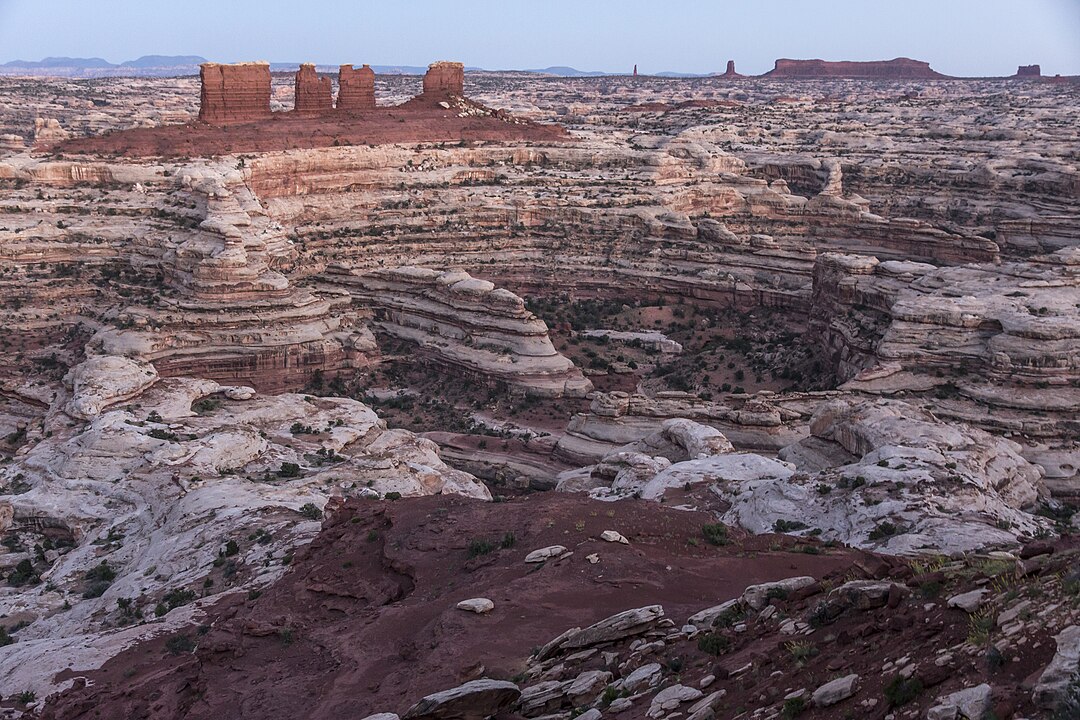
Geography Information
Canyonlands is a testament to the power of erosion. Over millions of years, wind and water carved deep canyons and sculpted towering mesas. The park’s geography is divided into four main districts:
Island in the Sky: A massive mesa offering panoramic views.
The Needles: Home to colorful spires and unique rock formations.
The Maze: A remote and rugged backcountry area.
The Rivers: The Colorado and Green Rivers cut through the landscape.
Each district has distinct terrain and requires different levels of exploration. Some areas are easily accessible, while others demand multi-day backcountry trips.
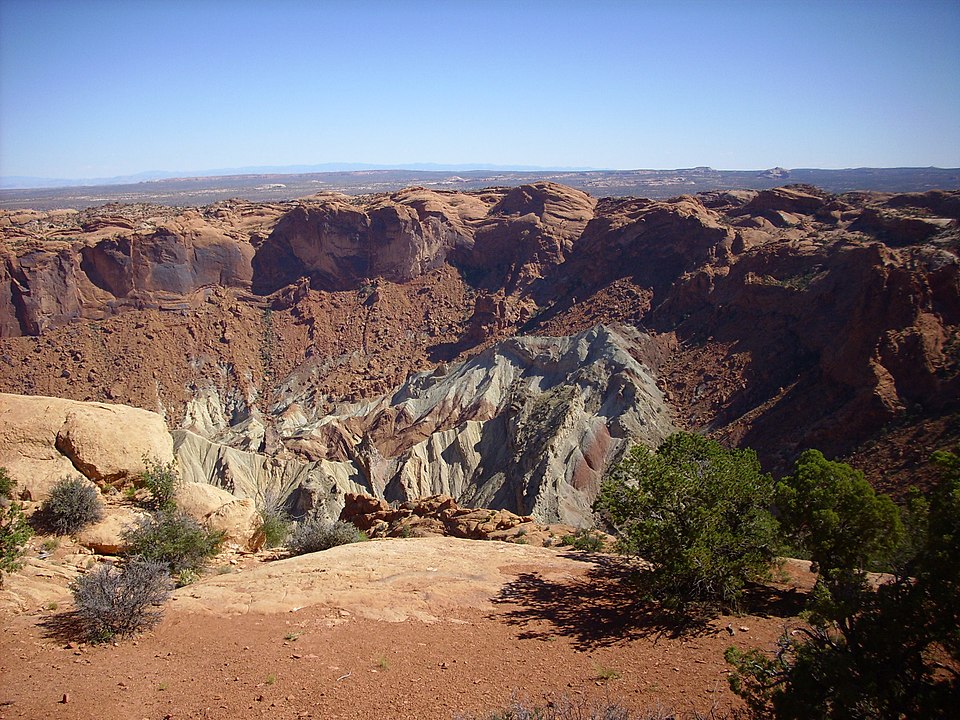
Places to Visit
Canyonlands offers awe-inspiring landscapes and stunning viewpoints. These are some of the must-see locations:
-
Mesa Arch: A sunrise hotspot with a breathtaking natural arch.
-
Grand View Point: A scenic overlook with sweeping canyon views.
-
White Rim Road: A 100-mile loop for off-road adventurers.
-
The Needles District: Features colorful rock spires and excellent hiking trails.
-
The Maze: One of the most remote areas in the U.S., requiring expert navigation.
-
Green and Colorado Rivers: Ideal for rafting and kayaking adventures.
-
Upheaval Dome: A mysterious impact crater with unique rock formations.
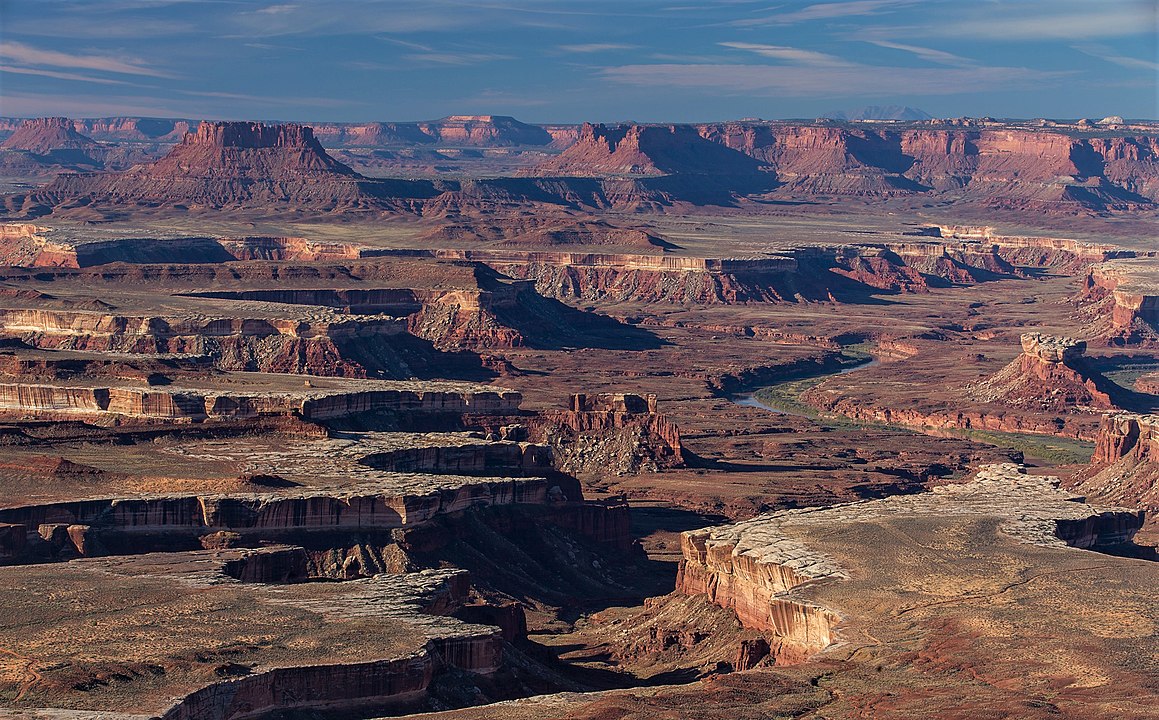
Yearly Climate
The park has a desert climate with extreme temperature swings. Summers are scorching, while winters bring cold nights. Spring and fall offer mild weather, making them the best times for exploration.
-
Spring (March-May): 50-80°F (10-27°C); pleasant hiking conditions.
-
Summer (June-August): 70-100°F (21-38°C); intense heat and dehydration risks.
-
Fall (September-November): 50-80°F (10-27°C); ideal for outdoor activities.
-
Winter (December-February): 0-50°F (-18-10°C); occasional snowfall and fewer crowds.
Best Time of Year to Visit
The best time to explore Canyonlands is spring and fall. The mild temperatures make hiking, camping, and sightseeing enjoyable. Summer is challenging due to extreme heat, while winter offers solitude but requires preparation for freezing conditions.
-
Best months: April, May, September, October
-
Avoid summer afternoons: The heat can be intense, with limited shade.
-
Winter visits: Prepare for cold temperatures and icy trails.
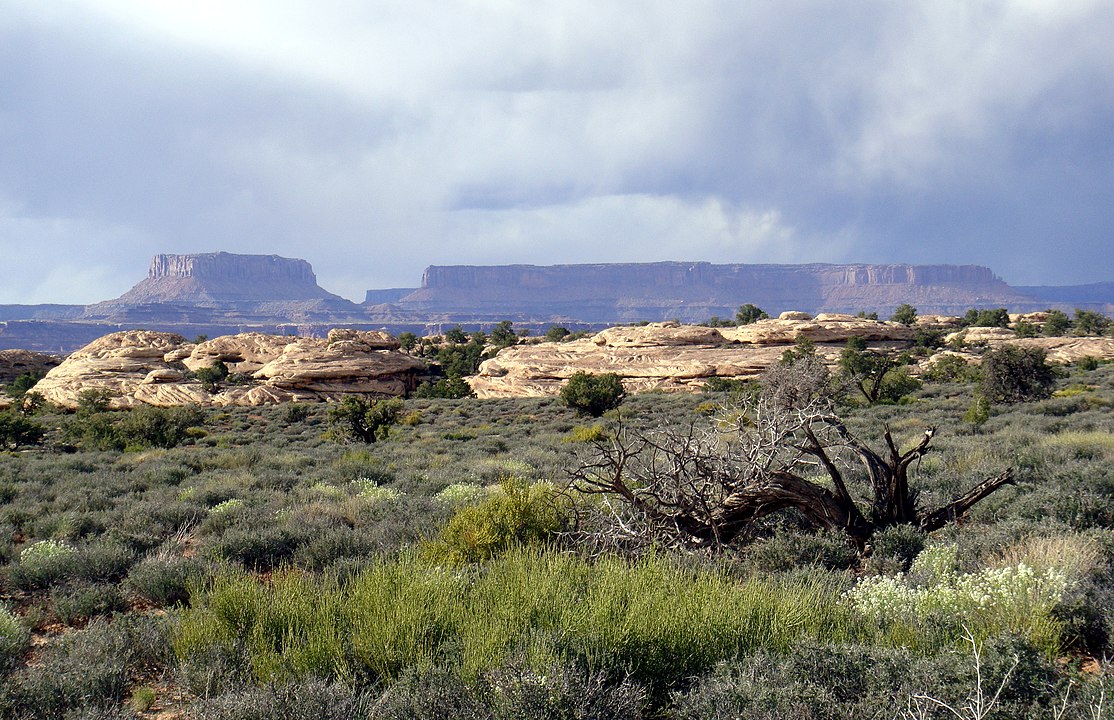
In Summary…
Canyonlands National Park is a remote and rugged wonderland of canyons, mesas, and rivers. Each district offers unique landscapes and experiences. Spring and fall provide the best conditions for outdoor adventures. Whether hiking through The Needles, exploring The Maze, or watching the sunrise at Mesa Arch, this park promises unforgettable experiences for those who venture into its wild beauty.

